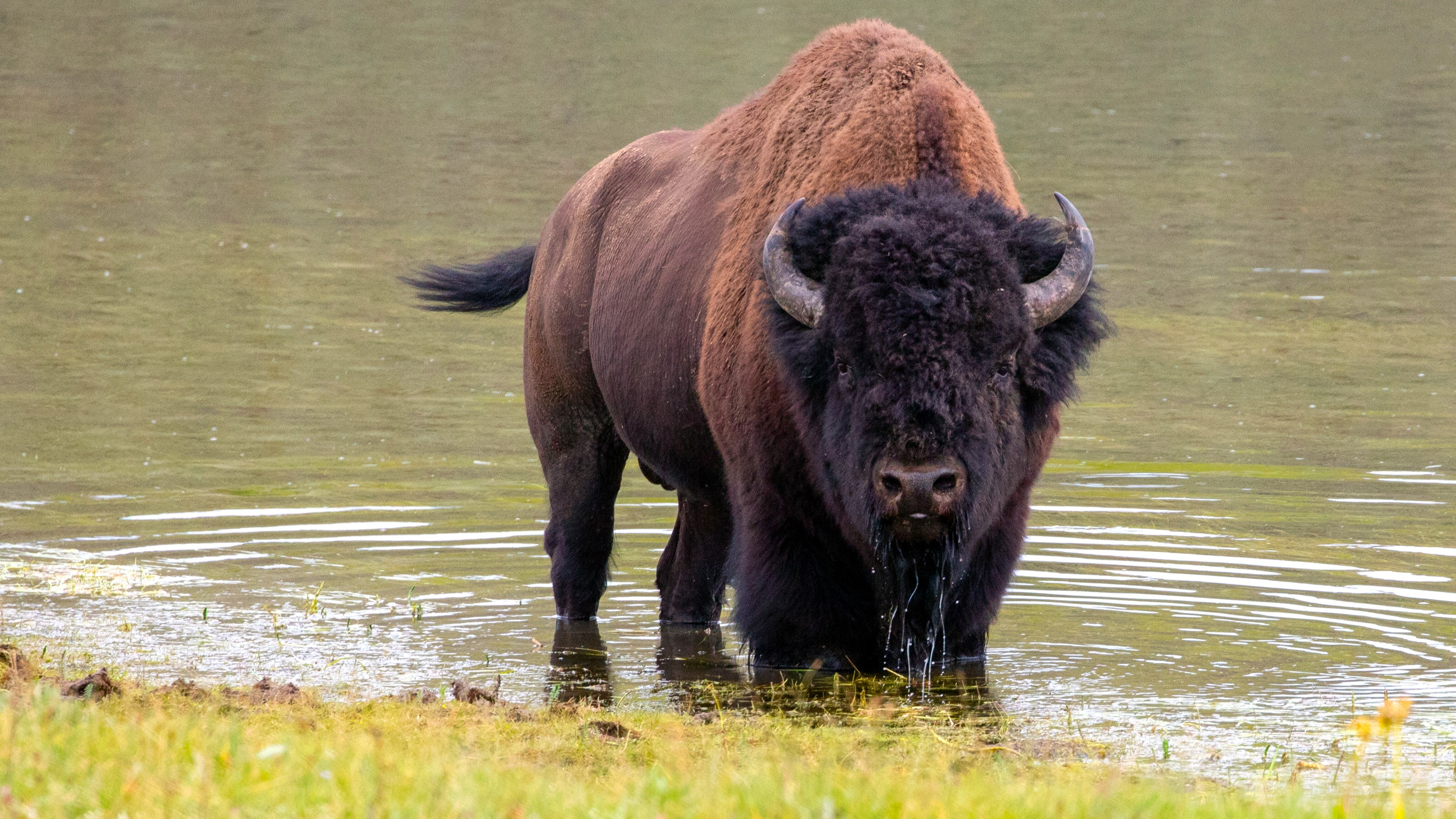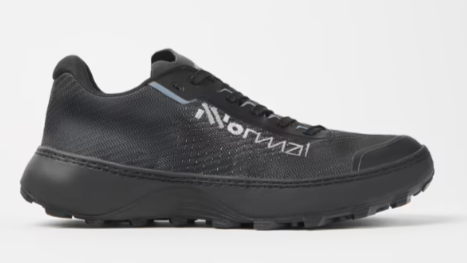
It's rutting season for bison at Yellowstone National Park, with hormones running high and tempers fraying, but it seems some visitors just can't resist the opportunity to get up close to the huge animals, regardless of the danger.
The latest example, shared via Instagram account TouronsOfYellowstone this week, involves a woman who decided to approach a particularly large specimen for some close-up photos, then turned her back to pose for pictures with it. According to Aimee Lopez, who snapped some shots of the incident from the safety of her car, the visitor then went even further and tried to stroke the animal.
"These were taken in Yellowstone yesterday," Lopez wrote online. "It got worse, she tried to pet it. At that point, I drove up the road and got a ranger."
A post shared by TouronsOfYellowstone (@touronsofyellowstone)
A photo posted by on
According to the National Park Service (NPS), bison are the most dangerous animals at Yellowstone, responsible for more injuries than predators like bears and wolves. Just a few weeks ago, an 83-year-old woman suffered serious injuries when she was gored by a bison at the park. According to rangers, the animal was acting in self-defence when it lashed out.
"The bison, defending its space, came within a few feet of the woman and lifted her about a foot off the ground with its horns," said an NPS spokesperson after the incident.
Officials also took the opportunity to remind the public to respect animals at the park. "Visitors: it’s your responsibility to respect safety regulations and view wildlife from a safe distance," they said. "Move away from wildlife if they approach you."
Be bison aware
Approaching or distracting wildlife at US National Parks is a federal crime, and those found guilty may face hefty fines or even jail time.
Advnture Newsletter
All the latest inspiration, tips and guides to help you plan your next Advnture!
The NPS warns visitors to stay at least 25 yards (23 meters) away from bison and elk at all times, and 100 yards (93 meters) from wolves and bears.
The safest way to watch wildlife is from within your car, using a zoom lens or a pair of binoculars to get a good view. If you're driving, only stop in dedicated pullouts to watch animals. Don't stop in the road and hold up traffic.
For more advice, take a look at our guides how to avoid being gored by a bison and wildlife safety: eight tips for surprise encounters.
- The best binoculars: enjoy watching wildlife from a safe distance

Cat is the editor of Advnture, She’s been a journalist for 15 years, and was fitness and wellbeing editor on TechRadar before joining the Advnture team in 2022. She’s a UK Athletics qualified run leader, and in her spare time enjoys nothing more than lacing up her shoes and hitting the roads and trails (the muddier, the better), usually wearing at least two sports watches.
